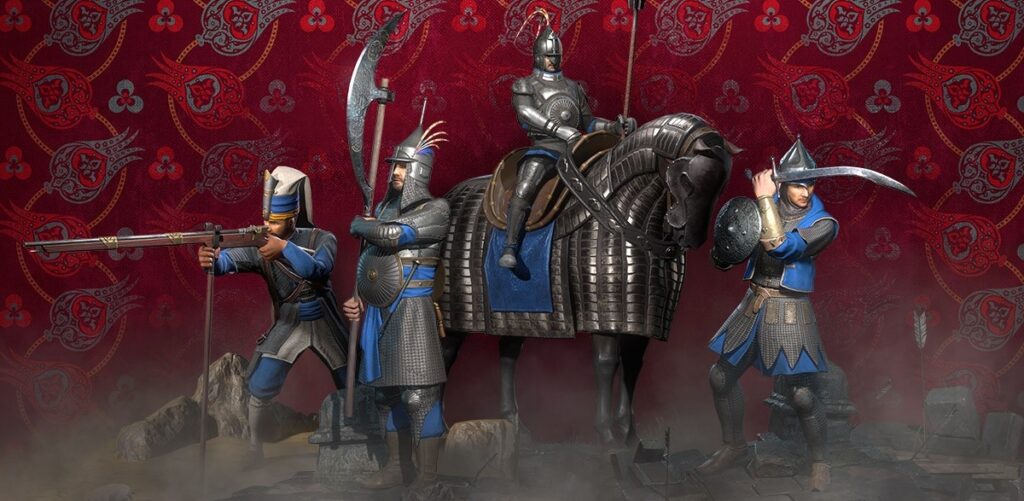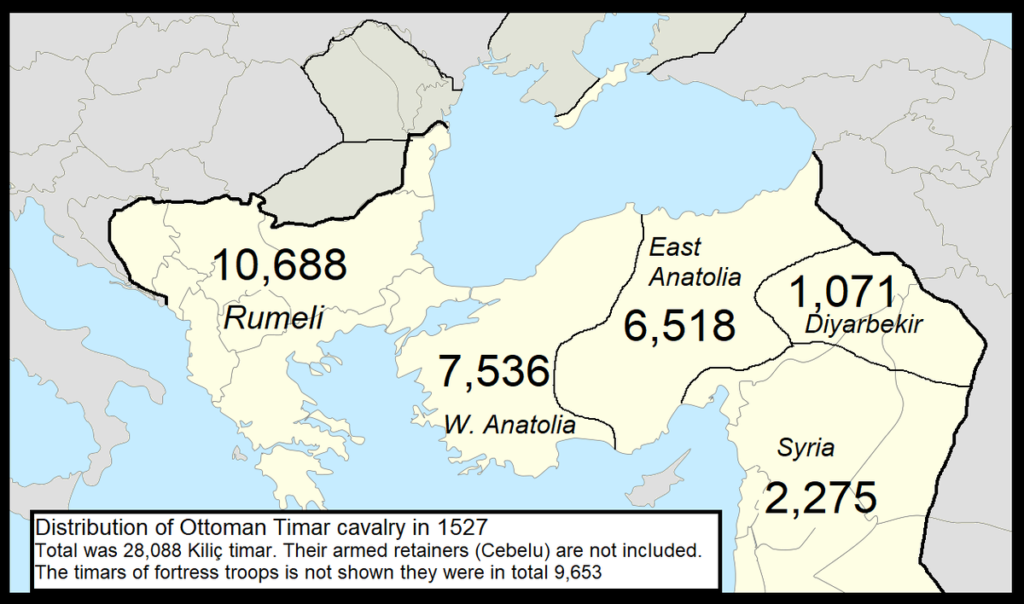It’s easy: a sipah is a mounted warrior, a traditional Turkic cavalryman of the Ottoman Empire, and a timariot is a landowner. He became the first only when he went on a campaign, and before that he led the life of a petty feudal lord. But not every timariot could become a sepoy, in some cases they were given land without the obligation of military service – as a reward or a means of subsistence for minor members of the ruling family. Nevertheless, in general, the timar system was intended to form the mounted army. And it was the Sipah cavalry, not the Janissaries, that was the basis of the Ottoman army in the 14th and 17th centuries.

In general, the first Turkic emigrants in Anatolia did not really need land – because of their nomadic lifestyle, they only needed pastures. But with the territorial growth of the Ottoman state and the inclusion of non-Muslim peoples in it, changes began.
The first land grants to their soldiers were distributed by early sultans, including Osman I and Orhan Ghazi, but only Murad I, the one who laid down his head on the Kosovo field, began to do this systematically under the guarantee of military service. Over time, the process became more organized and was very strictly regulated by the state.
Timar was a land plot with peasants with an annual income of less than 20 thousand silver coins of akche. It was given to representatives of the warrior class in exchange for service, which was not paid in any way, except for military trophies. The recipient of the allotment had to appear at the first call to the war on horseback, crowded and armed, and bring an equipped warrior for every 2 thousand acres.

The number of timars in 1527
Most of the Timars were located in Rumelia, the European part of the empire, which was originally its main center. A smaller part was located in the west of Anatolia, while free Turkic tribes lived in its east. They were rare in the Arab possessions.
At least in the era of the classical Ottoman Empire, up to a third of the Timariots were of the Christian faith and were descendants of the military class of the Balkan states. The need for timars to reward their loyal soldiers often pushed the Turks to new conquests.
The holding of land was conditional – only those people who participated in campaigns at least once every seven years had the right to do so. If they evaded service, timar could be taken away and handed over to a more conscious owner. It was assumed that, at least from time to time, the plots should be redistributed, but for bureaucratic reasons this happened quite rarely. The allotment of land was within the competence of the Sultan, as a delegation, he transferred this right to the governors of his provinces.

Theoretically, the plot was not inherited, de facto Timariot’s son, if he was a warrior, received possession without any problems. However, in the early empire, the owner rarely lived in his timar, but simply had the right to his income. Later, many warriors built estates there and received police functions over dependent people. However, they did not have the right to impose and execute punishment – this was the exclusive competence of the Muslim court.
Under Suleiman the Magnificent, the Ottoman Empire had 200,000 sipahs at its disposal, i.e., about 20 times more than the janissaries. There was a saying that cavalry did not rebel – unlike the capricious Ottoman Praetorians. But then the number of some began to decrease, while the number of others gradually grew.
This was due both to the exhaustion of free land and to changes in military affairs. It is much cheaper to buy a musket than to buy a horse, besides, the role of infantry has greatly increased during the new era. As a result, the sultans began to use Tatar cavalry and their own Turkic nomads from the tribes more often in their military campaigns. These were not landowners, but volunteers.
Whereas the Timar system died out naturally and was officially liquidated shortly after the dispersal of the Janissary corps. The former timars were privatized, i.e., they began to be considered the private property of their owners. And the empire set a course for the creation of a regular army.
